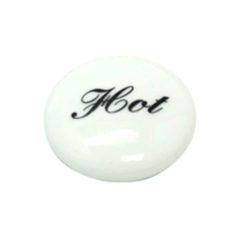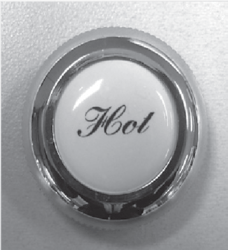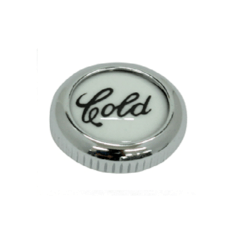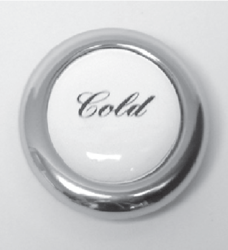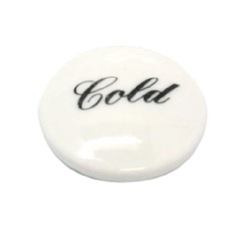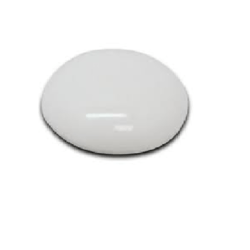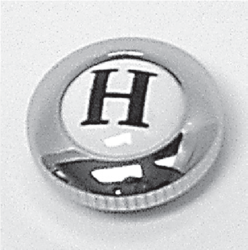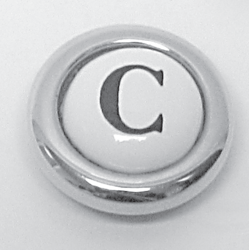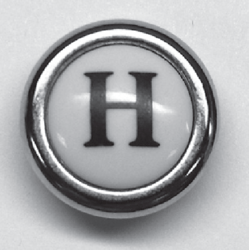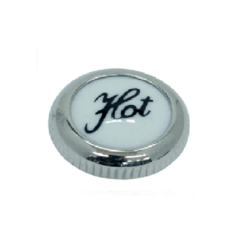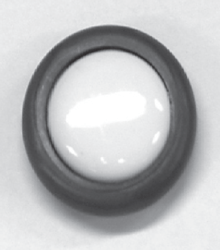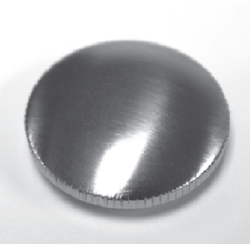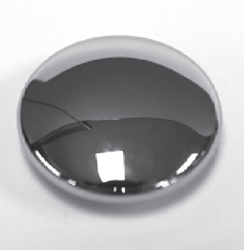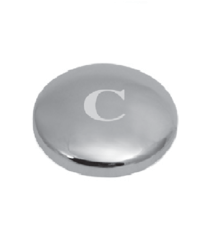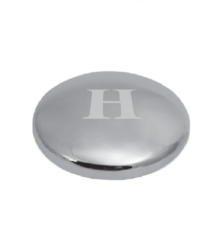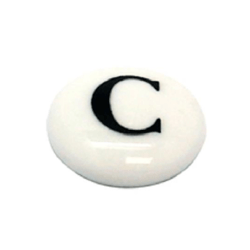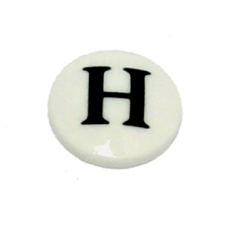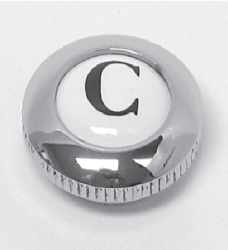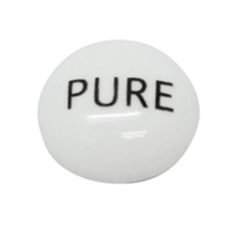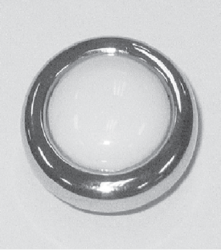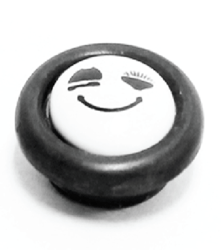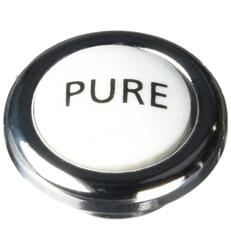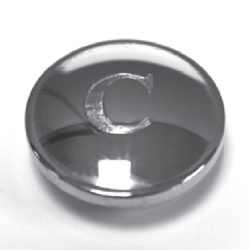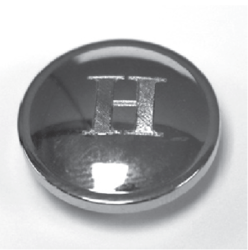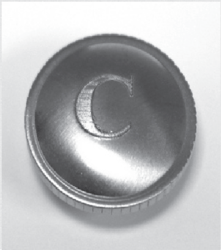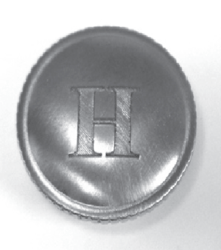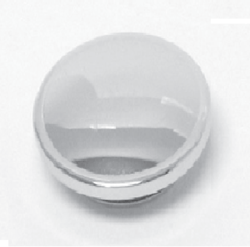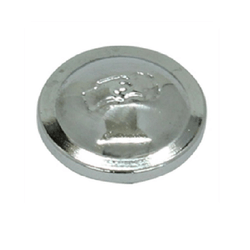$27.52
Low stock, please call
ROHL C7673H ITALIAN KITCHEN AND BATH WHITE PORCELAIN INSERT WITH "HOT" IN SCRIPT
Low stock, please call
$29.76
Low stock, please call
ROHL C7673PH ITALIAN KITCHEN AND BATH PRESSURE FIT COVER CAP WITH ''HOT" IN SCRIPT
Low stock, please call
$29.76
Low stock, please call
ROHL C7672PC ITALIAN KITCHEN AND BATH PRESSURE FIT COVER CAP WITH ''COLD" IN SCRIPT
Low stock, please call
$27.52
Low stock, please call
ROHL C7673C ITALIAN KITCHEN AND BATH WHITE PORCELAIN INSERT WITH "COLD" IN SCRIPT
Low stock, please call
$26.96
Low stock, please call
ROHL C7698B COUNTRY BATH BLANK PORCELAIN INSERT FOR PRESSURE BALANCE LEVERS
Low stock, please call
$27.52
Low stock, please call
ROHL C7698H THREADED PORCELAIN SCREW COVER CAP WITH LETTER "H" IN SCRIPT
Low stock, please call
$27.52
Low stock, please call
ROHL C7698PC PRESSURE FIT PORCELAIN COVER CAP WITH THE LETTER "C" IN SCRIPT
Low stock, please call
$27.52
Low stock, please call
ROHL C7698PH PRESSURE FIT PORCELAIN COVER CAP WITH THE LETTER "H" IN SCRIPT
Low stock, please call
$27.52
Low stock, please call
ROHL C7672PB ITALIAN KITCHEN AND BATH PRESSURE FIT COVER CAP WITH BLANK SCRIPT
Low stock, please call
$29.20
Low stock, please call
ROHL C7674P ITALIAN KITCHEN AND BATH CROSS HANDLE PRESSURE FIT COVER CAP
Low stock, please call
$27.52
Low stock, please call
ROHL C7698C THREADED PORCELAIN SCREW COVER CAP WITH LETTER "C" IN SCRIPT
Low stock, please call
$27.52
Low stock, please call
ROHL C7698PB ITALIAN KITCHEN AND BATH PRESSURE FIT BLANK PORCELAIN COVER CAP
Low stock, please call
$29.20
Low stock, please call
ROHL C7698PP ITALIAN KITCHEN PRESSURE FIT COVER CAP WITH "PURE" IN SCRIPT
Low stock, please call
$27.52
Low stock, please call
ROHL C7699/1C ITALIAN KITCHEN AND BATH ALL METAL PRESSURE FIT COVER CAP WITH LETTER "C" IN SCRIPT
Low stock, please call
$27.52
Low stock, please call
ROHL C7699/1H ITALIAN KITCHEN AND BATH ALL METAL PRESSURE FIT COVER CAP WITH LETTER "H" IN SCRIPT
Low stock, please call
$27.52
Low stock, please call
ROHL C7699C THREADED ALL METAL SCREW COVER CAP WITH THE LETTER "C" FOR COLD TO LEVER HANDLES
Low stock, please call
$27.52
Low stock, please call
ROHL C7699H THREADED ALL METAL SCREW COVER CAP WITH THE LETTER "H" FOR HOT TO LEVER HANDLES
Low stock, please call
$27.52
Low stock, please call
ROHL C7699P/1 ITALIAN KITCHEN AND BATH ALL METAL PRESSURE FIT COVER CAP
Low stock, please call
$28.65
Low stock, please call
ROHL PLA0002 SPA SHOWER METAL SCREW COVER CAP FOR ALL DECORATIVE GRAB BARS
Low stock, please call
$26.40
Low stock, please call
ROHL PLI18O71 SPA SHOWER PORCELAIN COVER PLATE SCREW CAP FOR SLIDING MECHANISM AND CROSS HANDLE SLIDING RAILS
Low stock, please call
$26.40
Low stock, please call
ROHL PLI29O73 SPA SHOWER METAL COVER PLATE SCREW CAP FOR 1600 AND 1650 MODERN SLIDING RAILS
Low stock, please call
Kitchen & Bath Authority Reviews
We consistently strive to offer our customers the best possible online experience - But don't take our word for it, here are some real, verified reviews that our past customers have left about KBAuthority.com !
We consistently strive to offer our customers the best possible online experience - But don't take our word for it, here are some real, verified reviews that our past customers have left about KBAuthority.com !



